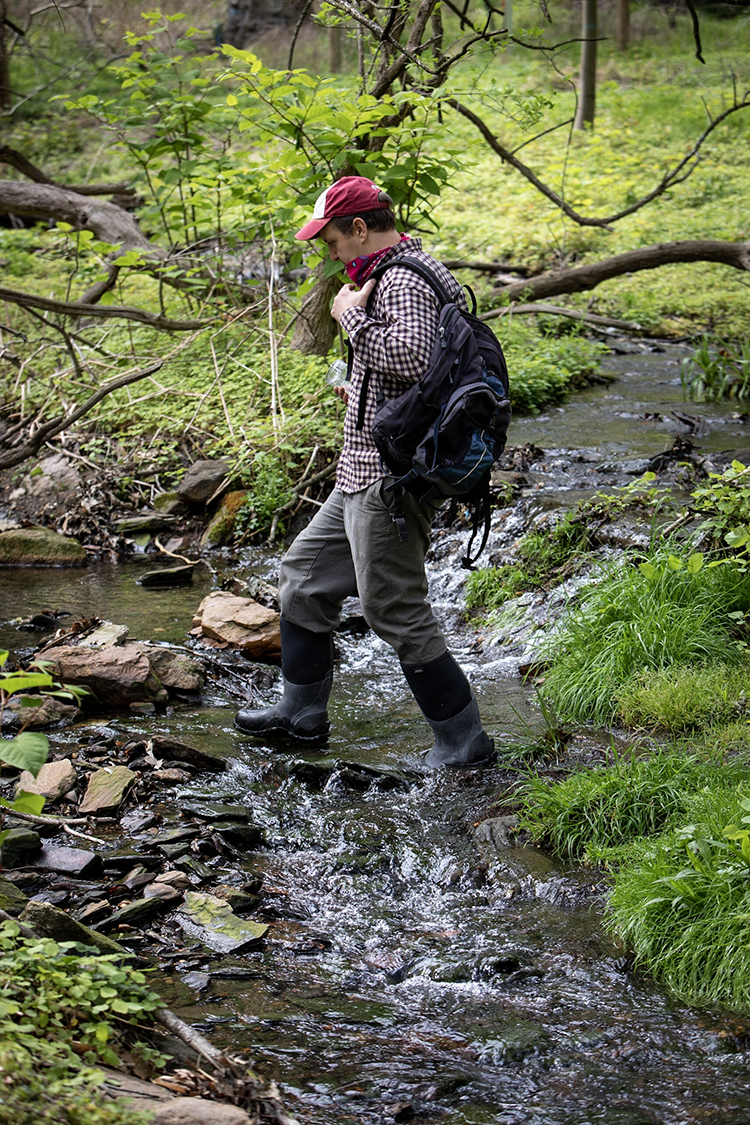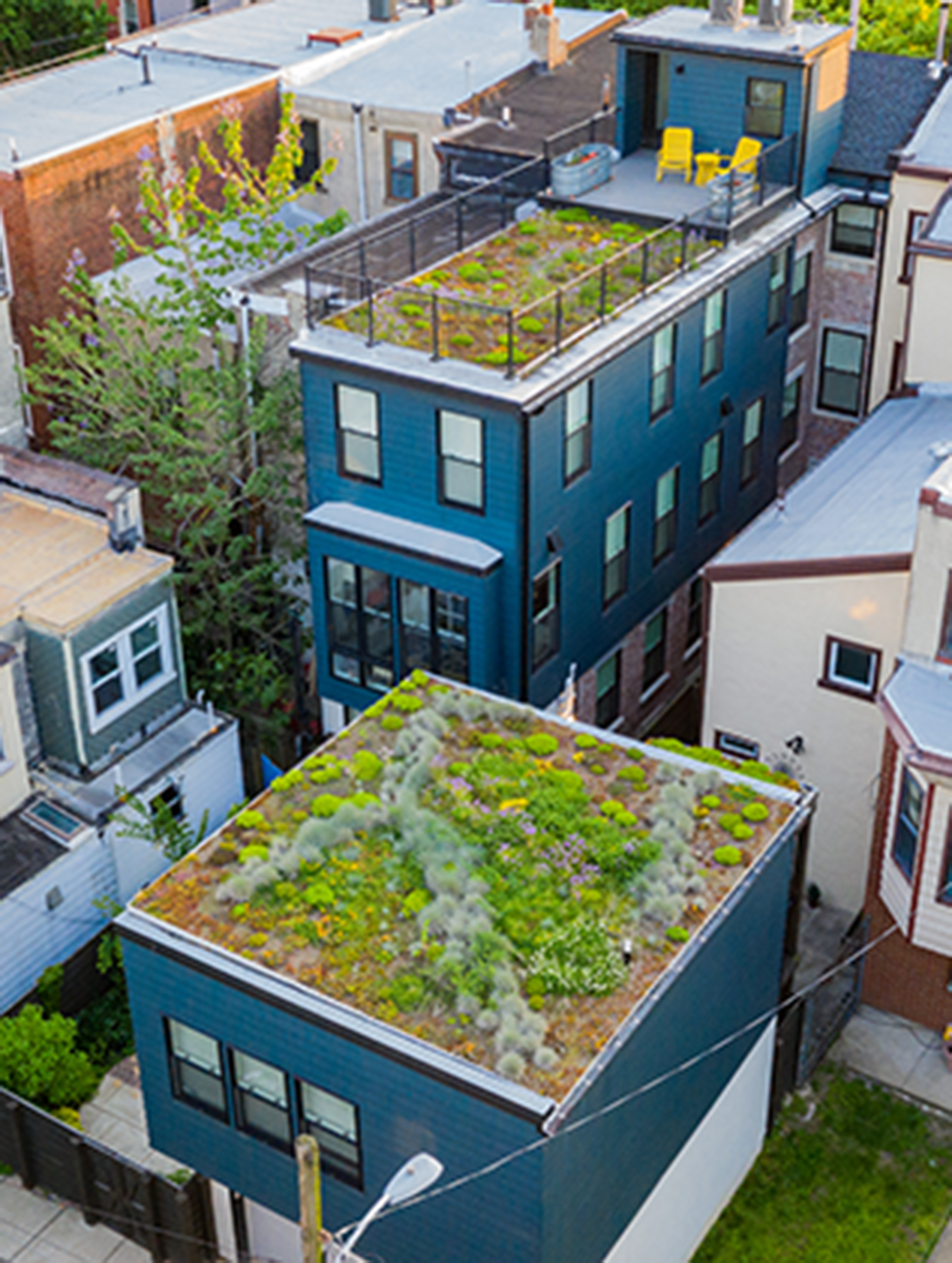Over the last decade I have searched abandoned riverfront properties for skinks and black rat snakes, spooking deer and watching warblers, as I climbed over riprap shorelines and picked my way across the rotting timbers of overgrown piers.
A city in decay offers the naturalist unlimited opportunities, while a city on the rise takes them away. I have seen several of these spots developed into proper park spaces, opening them up to the general public in a way I can’t argue with, even if it takes away what felt like private spots. Solitude is an unjustifiable luxury in the urban outdoors, even if I still pursue it.
Recently, though, I have found myself avoiding perfectly good and decrepit wildlife habitats because there are too many people. About seven years ago I was tipped off to a population of black rat snakes on abandoned railroad land and coal piers in Port Richmond.
There I would see a few anglers carrying rods to the edge of the water. I did my best to ignore the occasional couple in a car as I passed by, but mostly I was alone as I searched under singing indigo buntings and stuffed my face with wineberries. Red-spotted purple butterflies, their wings colored a shimmering electric blue, rested amid similarly brilliant colors spray-painted on the columns of the piers.
“Graffiti Pier,” though, is now a must-see stop on any tour of picturesque Philly urban decay. I don’t bother to go anymore.
I blame social media. That sounds like a knee-jerk response by an old fogey, but I genuinely believe that the ability to quickly share images with thousands of strangers makes it hard for any interesting spot to stay quiet for long.
When I first started herping in Philadelphia, I frequented a tract of land held by the Philadelphia Industrial Development Corporation (PIDC). The grass and mugwort grew waist-high, and innumerable piles of construction debris, dumped furniture and old mattresses sheltered oodles of brown snakes. It was a blast.
Pieces of that PIDC land remain, but much of it has been sold off and developed. A uniform company facility now stands where I found hundreds of brown snakes under old doors and railroad ties.
Most recently I explored the closed Cobbs Creek and Karakung golf courses, getting to know the animals that for more than 100 years had found a home in between the fairways. It was better for birding than herping. I never found any snakes, but there were at least six species of raptors to watch, and in the fall the fairways hosted nighthawks as they filled their crops with insects plucked out of the air, ahead of their long migration to South America. The golf courses were only just getting popular with other naturalists. Now their woods are being razed.
We tend to overestimate the stability of our landscape. In a decade we can gain the sense that a meadow, or a forest, or even a vacant lot has been there forever. Seen through the longview of a 340-year-old city, any space is constantly changing.
Farming and hunting Lenape are pushed out. European crops and livestock flourish, only to be replaced by row houses and factories, which themselves crumble into vacant lots occupied by brown snakes.
I’ve got a new spot—don’t ask me where. I intend to enjoy it until everybody else does.










